It’s no longer just a cat’s eyes that glow in the dark! Researchers at the Mayo Clinic have created luminescent, genetically modified cats in an effort to learn more about AIDS.
Feline immunodeficiency virus (FIV) causes feline AIDS, a condition in cats that produces almost identical symptoms to those of AIDS in people infected with human immunodeficiency virus (HIV). Despite the similarity of the viruses, however, it should be noted that people cannot become infected with FIV, and cats cannot be infected by HIV. The similarity of both viruses, however, allows FIV to be used as a model for studying AIDS.
p
p
In this most recent study, the Mayo group inserted two genes into the cats’ eggs prior to fertilization with sperm:
- An FIV-resistance gene that makes a protein called restriction factor
- A jellyfish gene to produce GFP, a protein that causes the modified cells to glow green
p
Restriction Factor Proteins
Restriction factor proteins usually help the body to block viral infections. But in the case of HIV and FIV infections, these viruses have developed ways to evade attack by the proteins. The rhesus macaque version of restriction factor, however, is able to fight the viruses, so this monkey provided the source of restriction factor.
p
p
Gamete-Targeted Lentiviral Transgenesis
Since cross-breeding of cats and monkeys is not an option, this genetic engineering process was used to introduce the monkey genetic material into cats. Insertion of the monkey restriction factor into the cats was so successful that almost all kittens produced from the genetically modified eggs had the genes for the protective restriction factor protein.
This protein was found all over the body, being tracked by virtue of its green glow, courtesy of the jellyfish gene that had also been introduced at the same time. The GFP protein produced by this gene acts as a marker – it allows the restriction factor proteins to be easily located in the body because it causes them to glow green.
p
So What Was The Big Deal About This?
Cells that were subsequently taken out of the cats were found to be resistant to FIV infection when tested.
p
The Future?
Although the research is still in its early stages, it certainly shows some exciting potential that could benefit both HIV-infected people, and FIV-infected cats. The Mayo team aims to further study these cats as a means to develop new therapies for people and cats infected with these viruses.
p

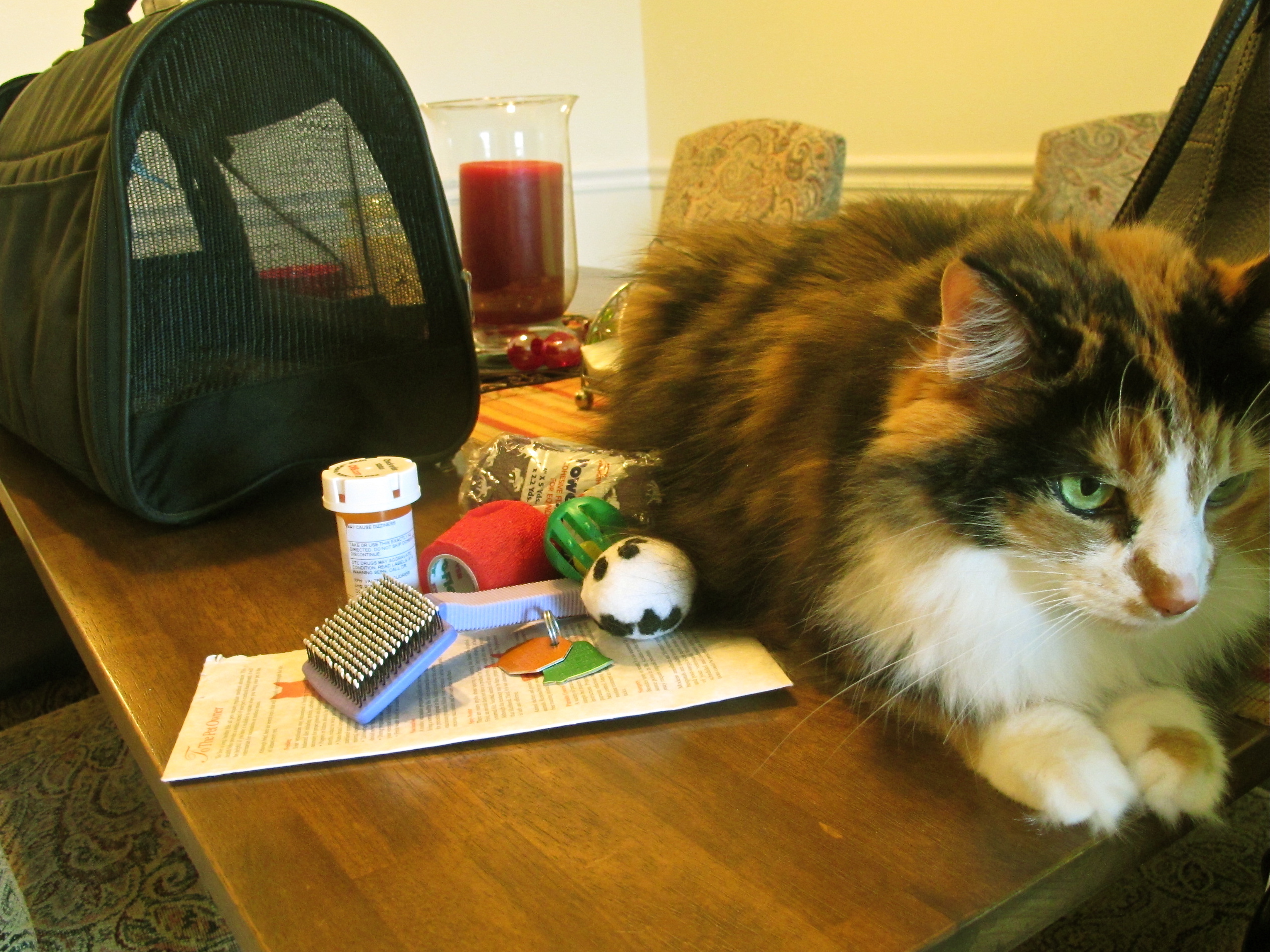


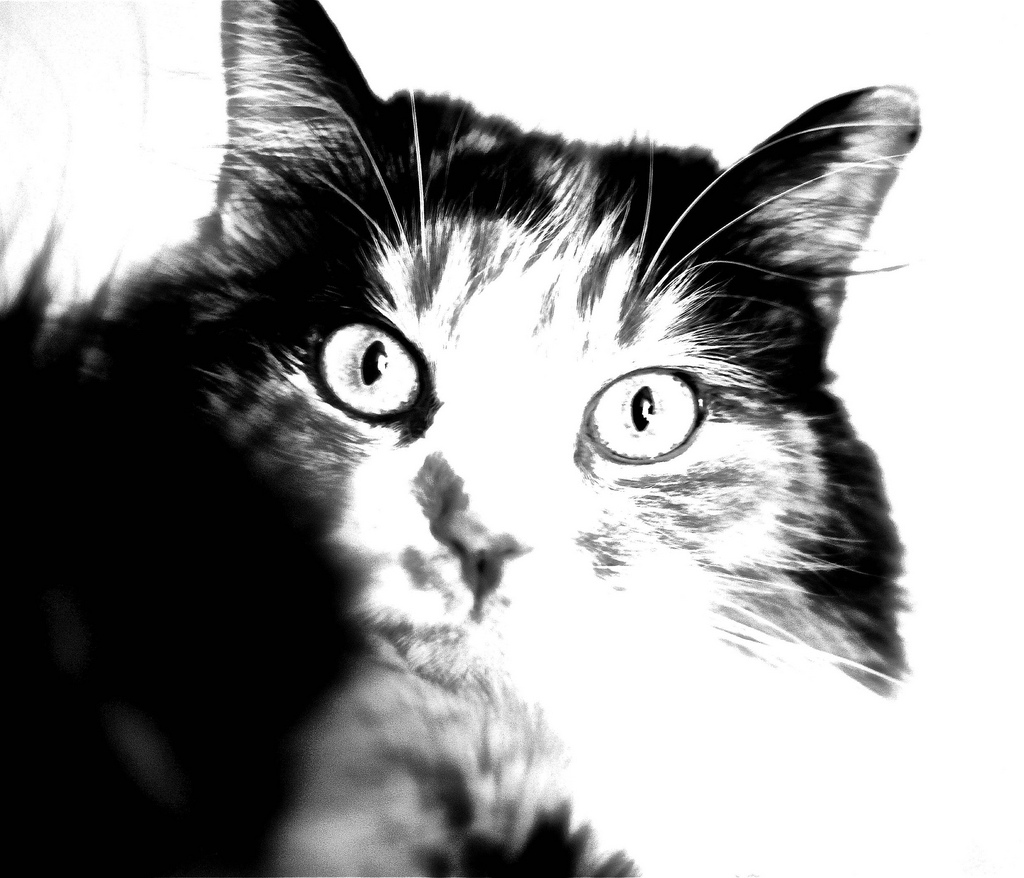
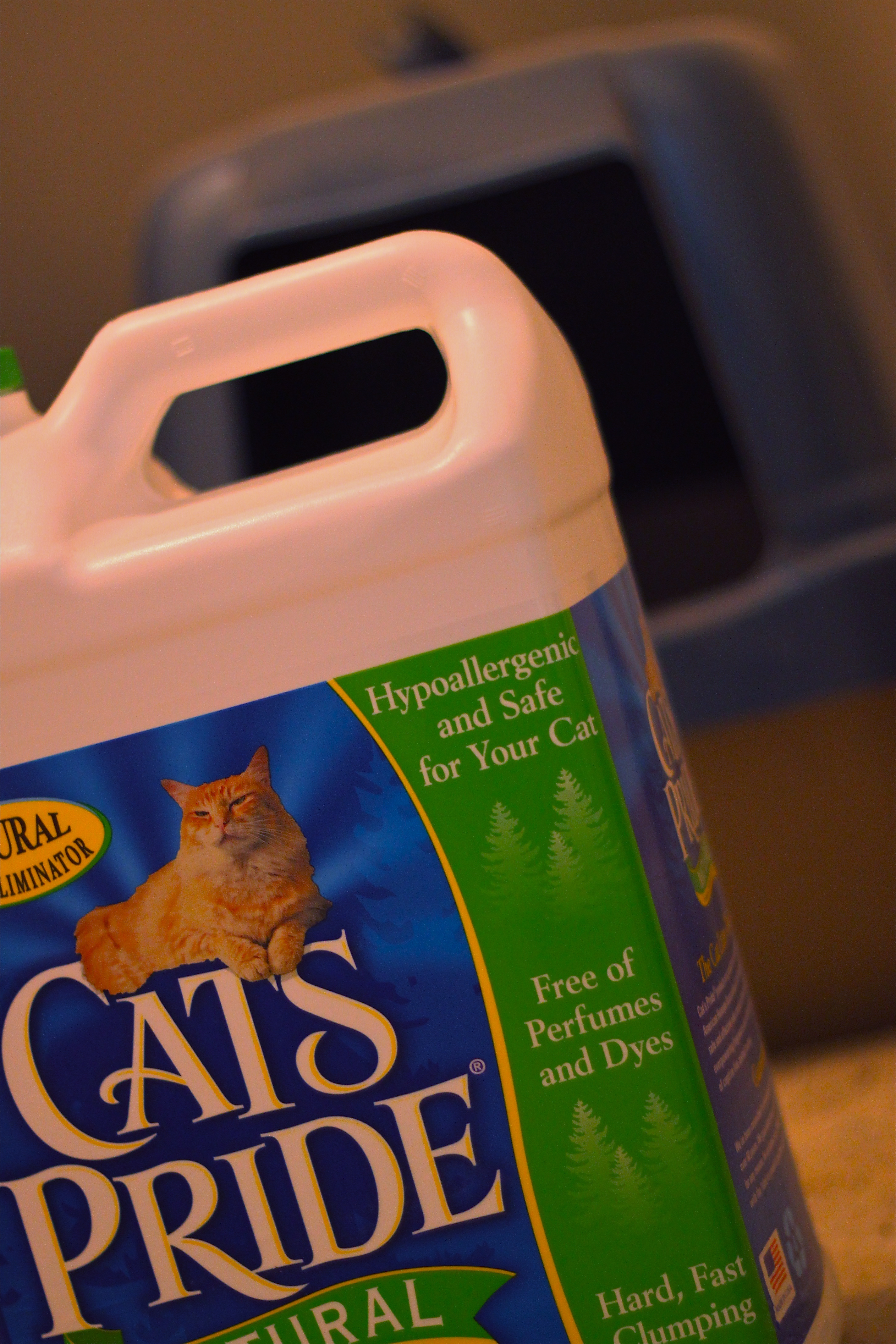



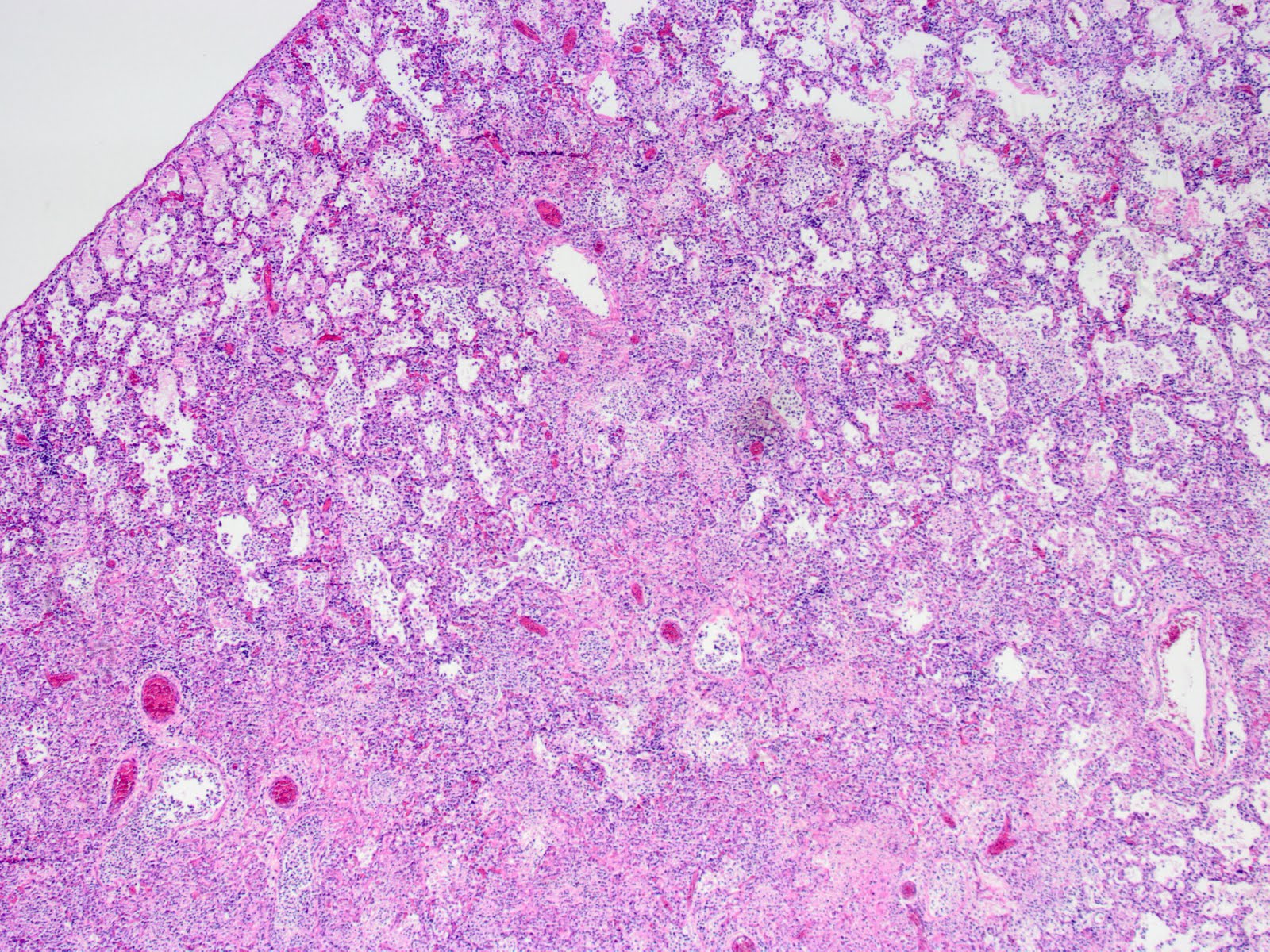
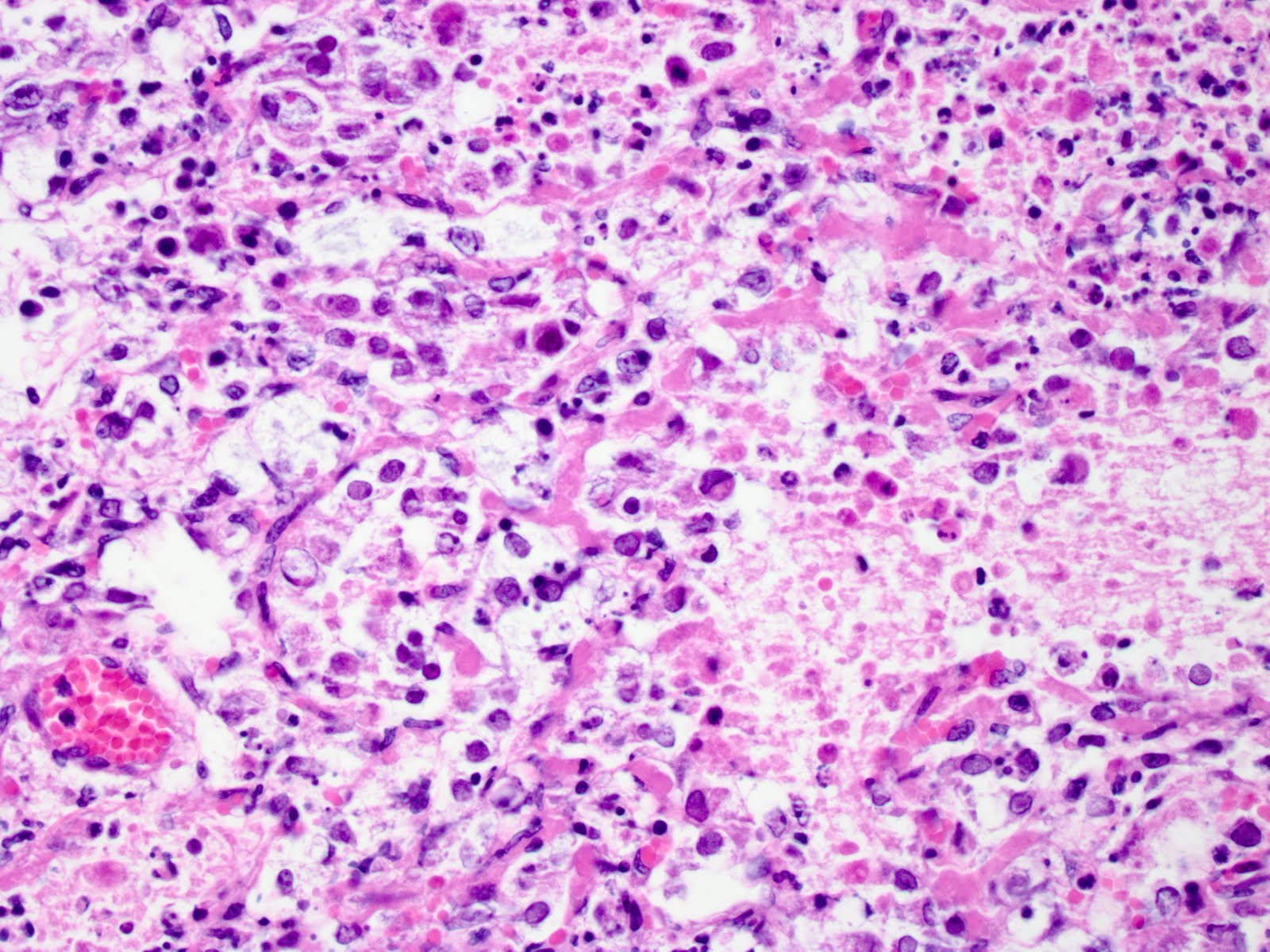
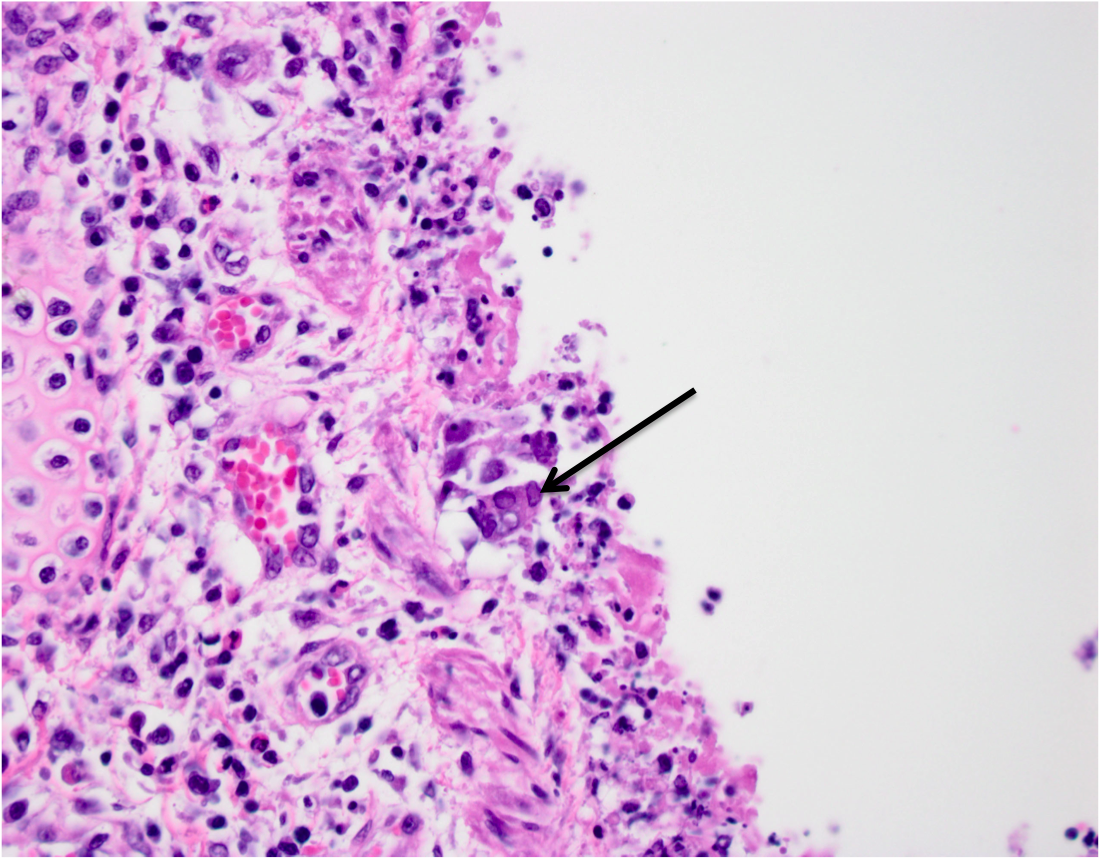
Follow Me!